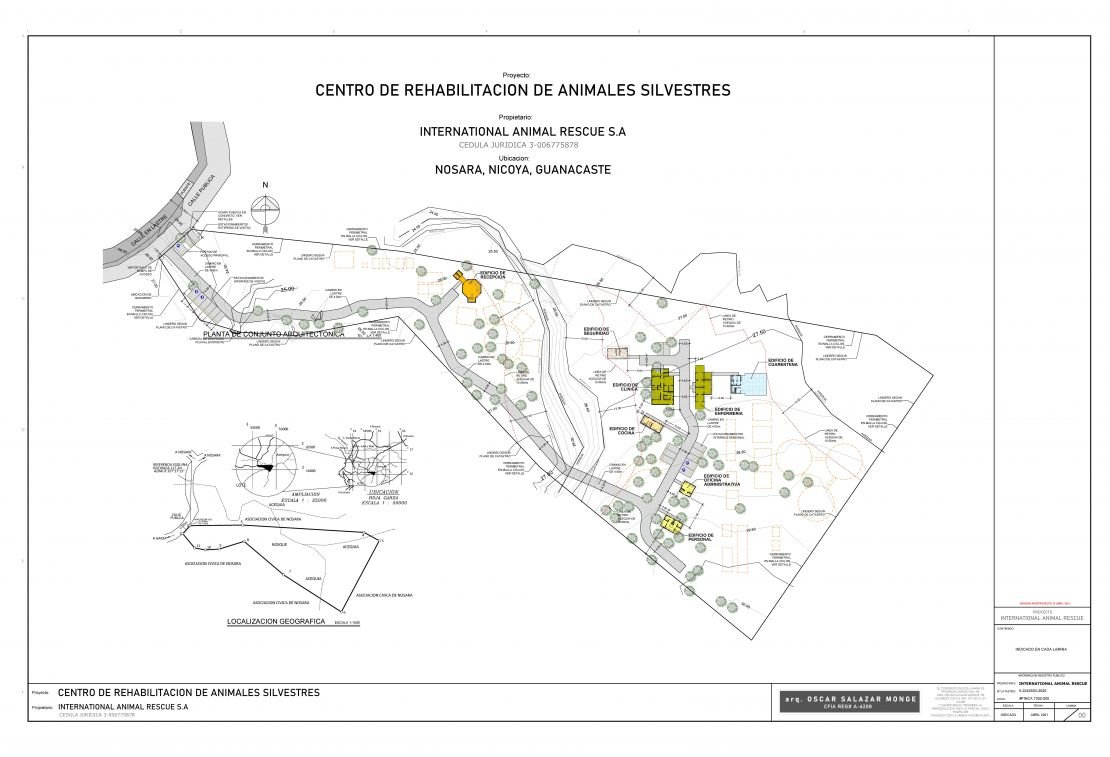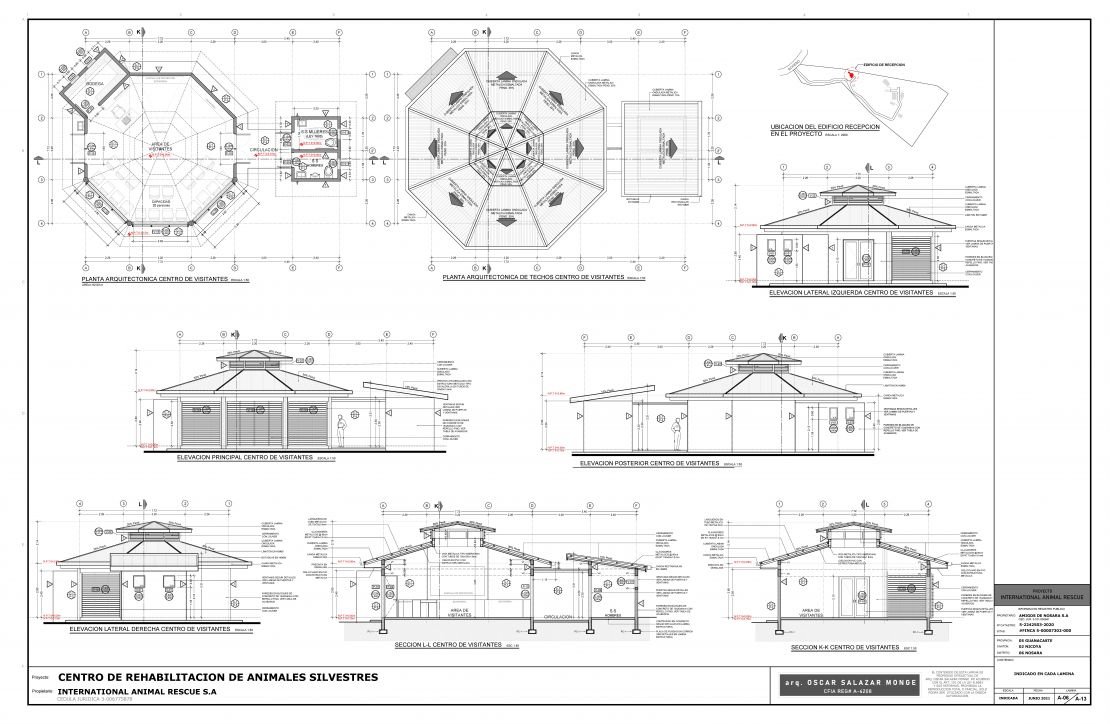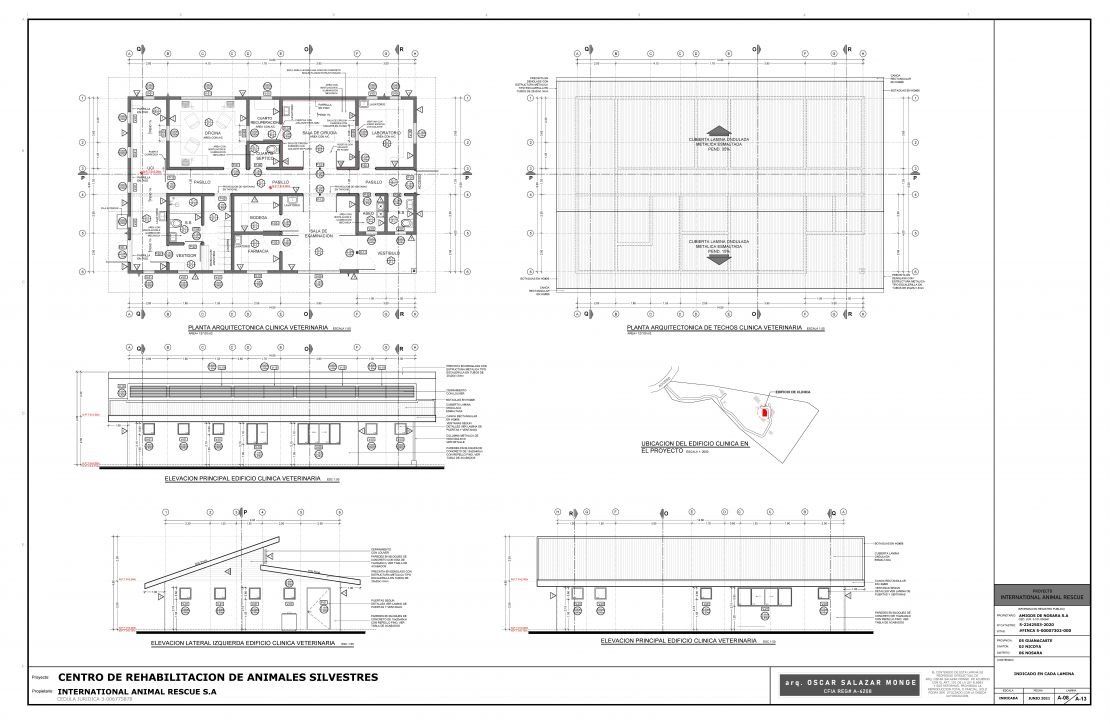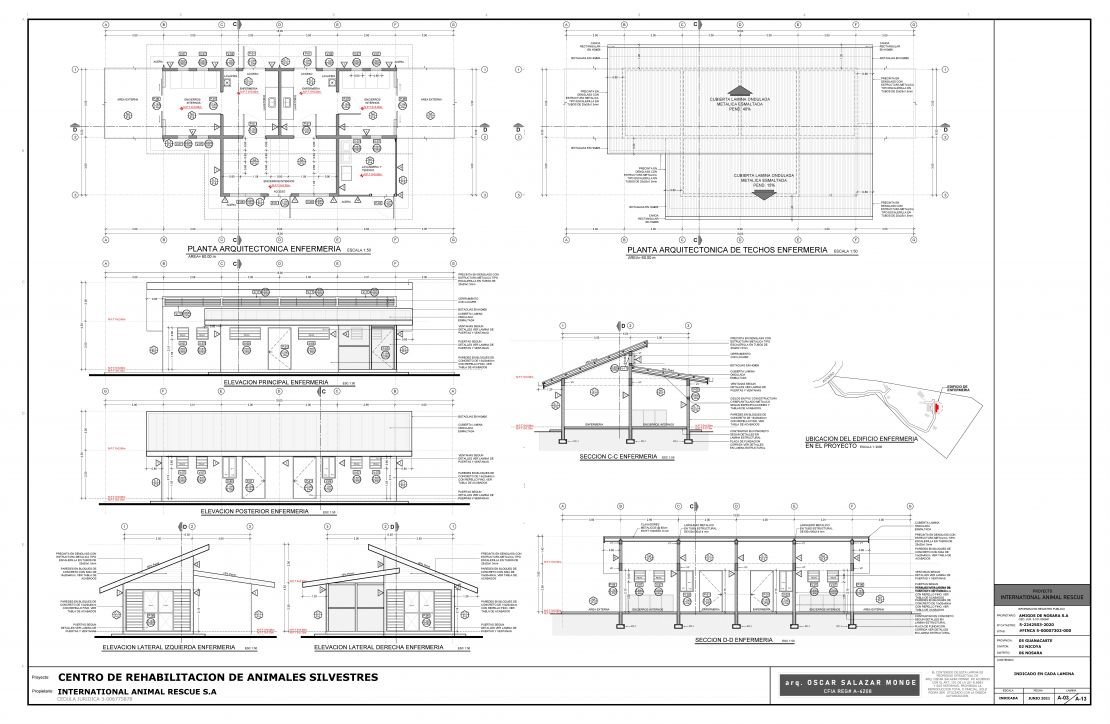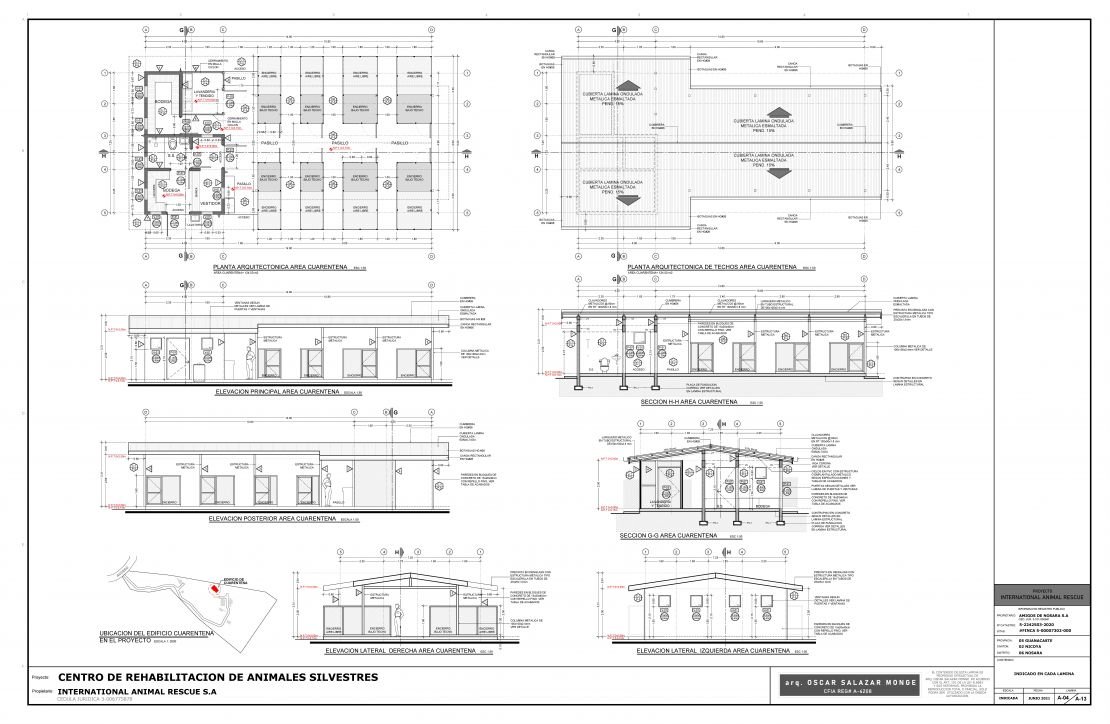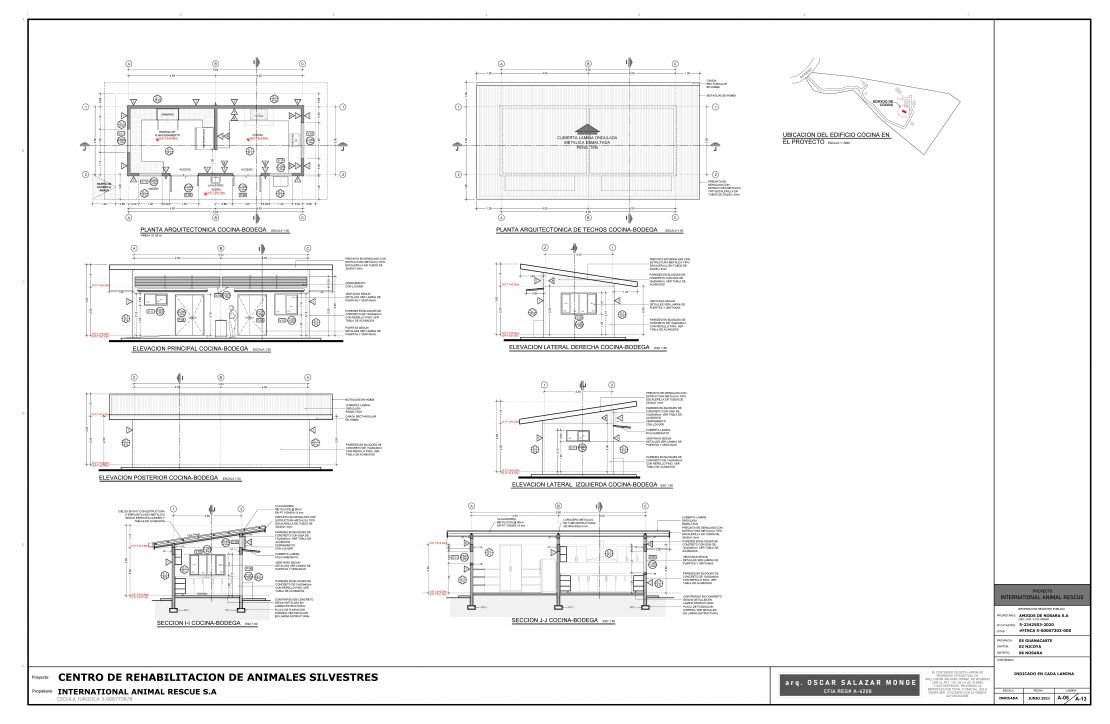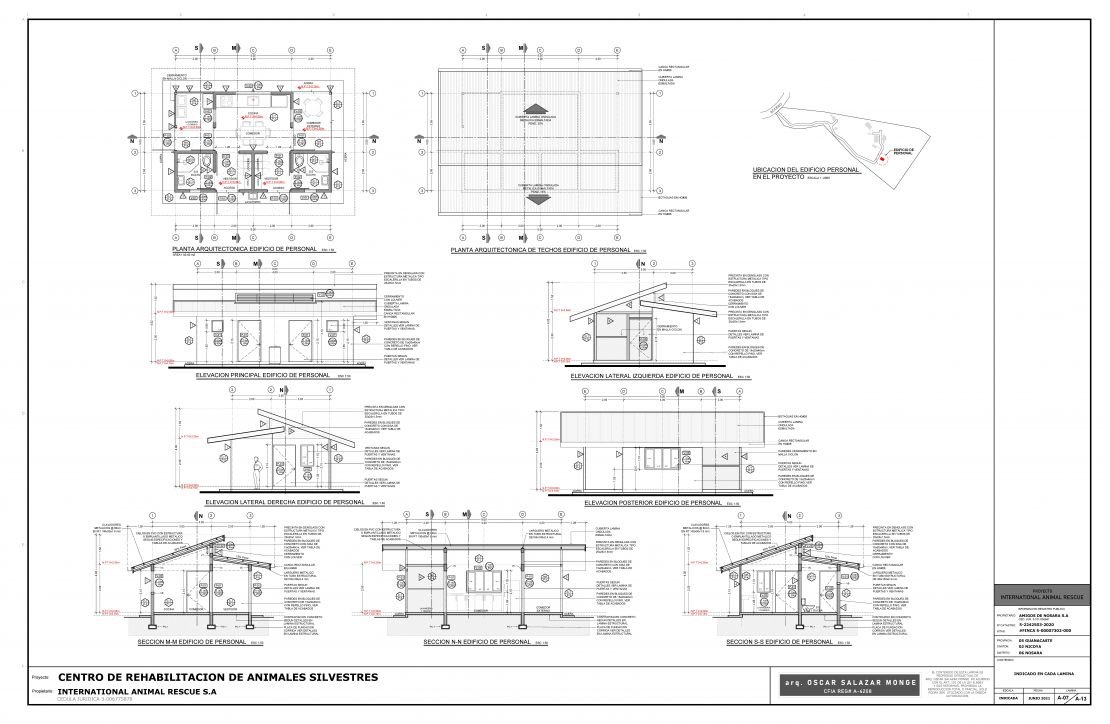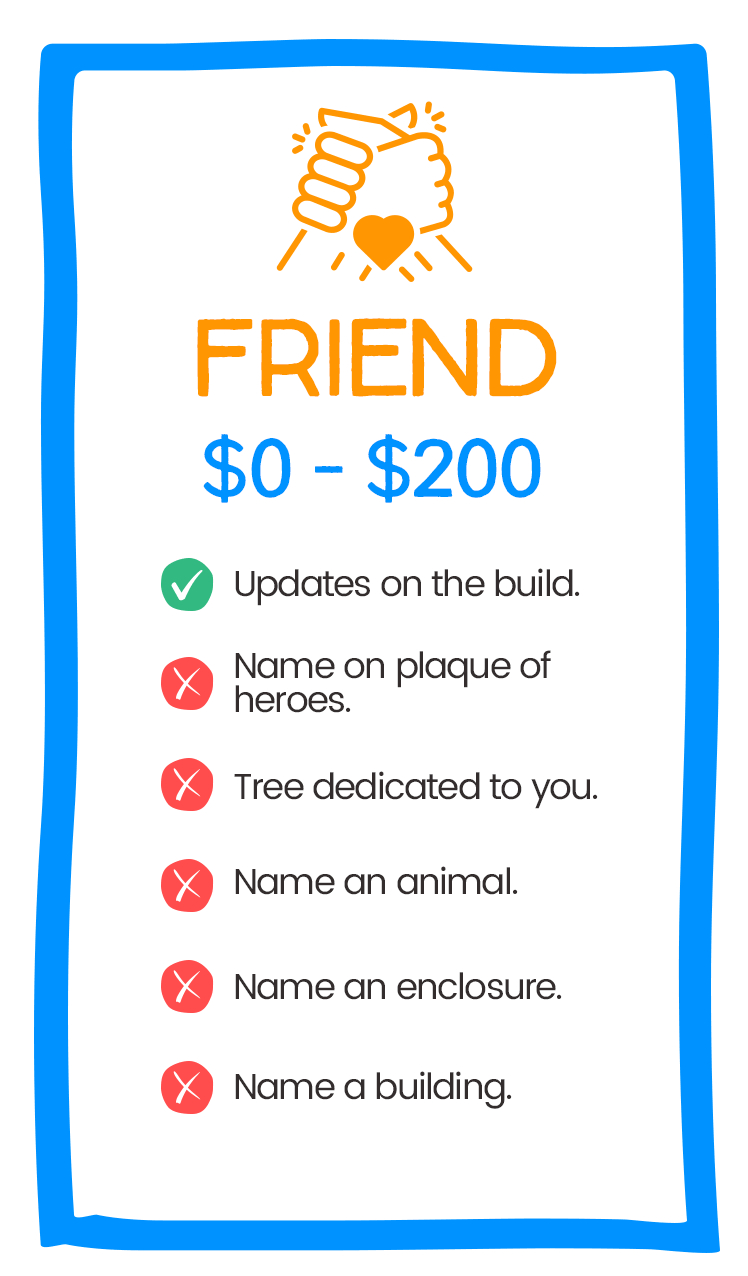
Rebuild The Refuge
Update
Thanks to an extremely generous UK foundation the build phase of our new centre in Costa Rica is now fully funded! They have stepped in with a grant for the full cost of the build and we are eternally thankful to them.
Thank you to everyone who donated to our Rebuild The Refuge appeal, we will keep you up-to-date with progress on the build and be in touch in the near future about incentive fulfillment.
Introduction
Since 2017 we have been partnered with ‘Refuge for Wildlife’ in Nosara, Costa Rica, which was formed 22 years ago to protect the wildlife of Guanacaste province. In January 2021, IAR Costa Rica was formed and all operations were migrated to the new IAR foundation.
The existing wildlife rescue center was established by the previous founder at her home and, while we have made significant improvements in the last few years, it is far from being fit for purpose. We have also seen the number of animals needing our care more than double over the last three years! The current center falls short of the standards we expect and is close to capacity; as such, a new purpose built, properly accredited facility is necessary.
This is where we need your help! We have to raise $140,000 to Rebuild The Refuge. We’ve already got the land, the plans have been approved - now we need YOUR help to make it a reality. Donate today and become a part of IAR history forever!
To thank you for your donation we’re offering some fantastic incentives! This is your chance to immortalize your name in to IAR history and invest in our Costa Rican rescue center. Once the new center is built we will calculate all the monthly donations and fulfil incentives based on how much has been donated to the appeal at that point in time.

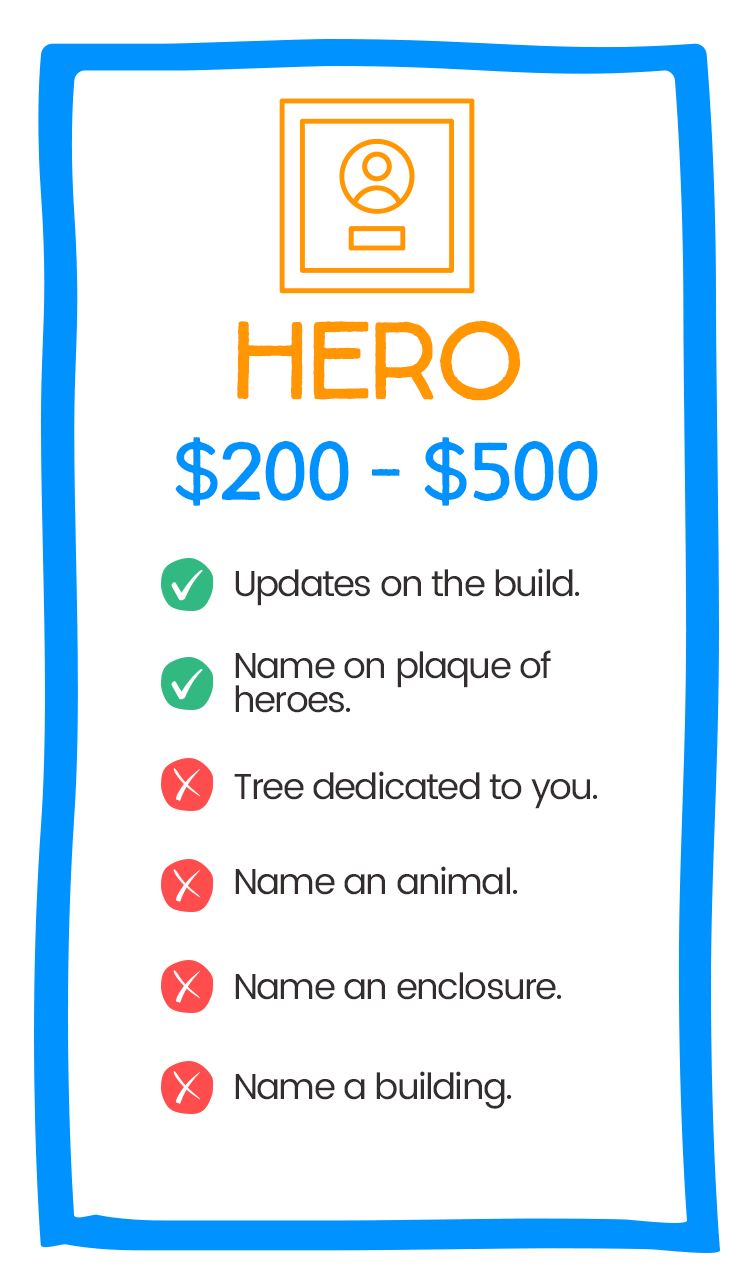
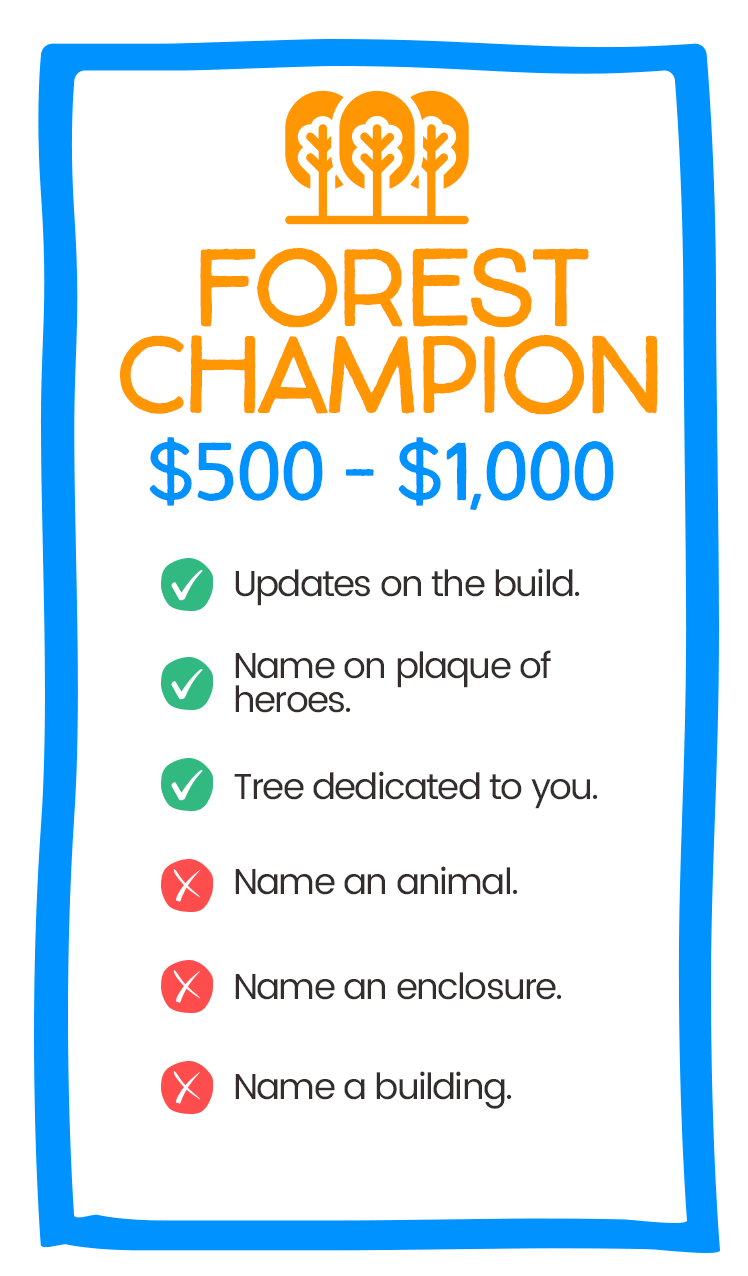
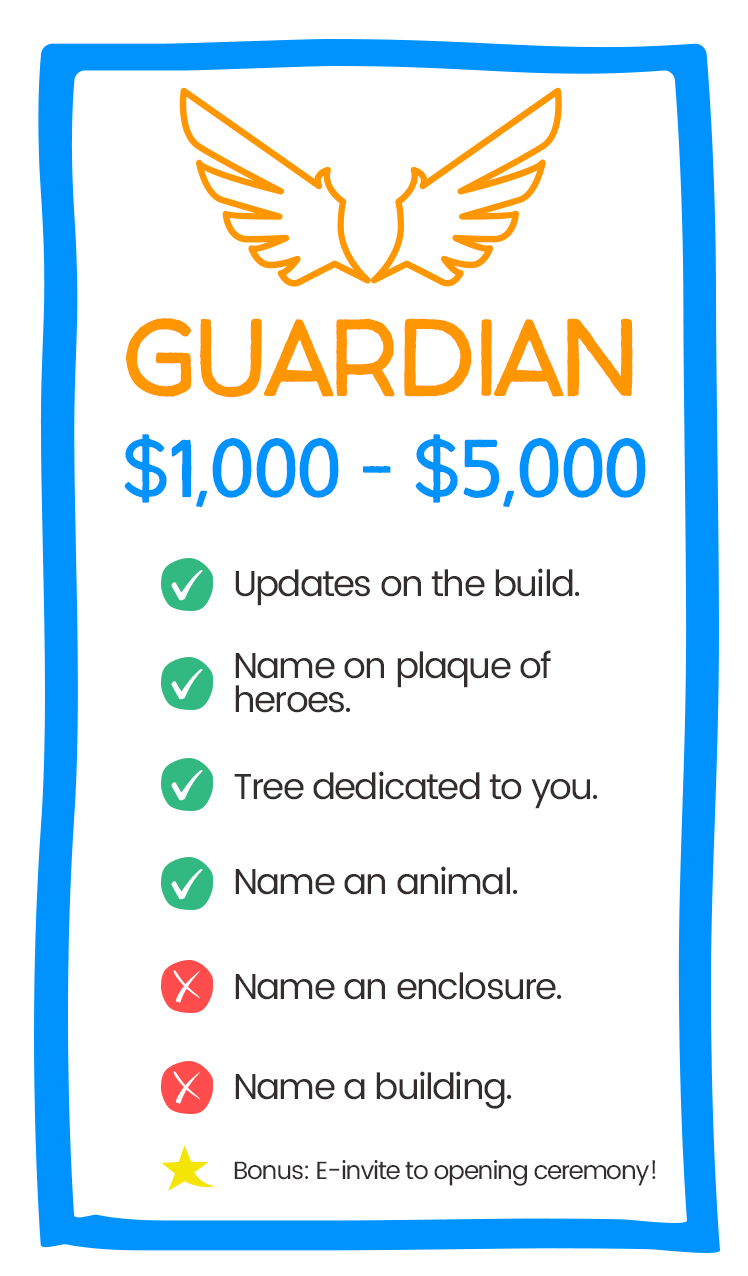
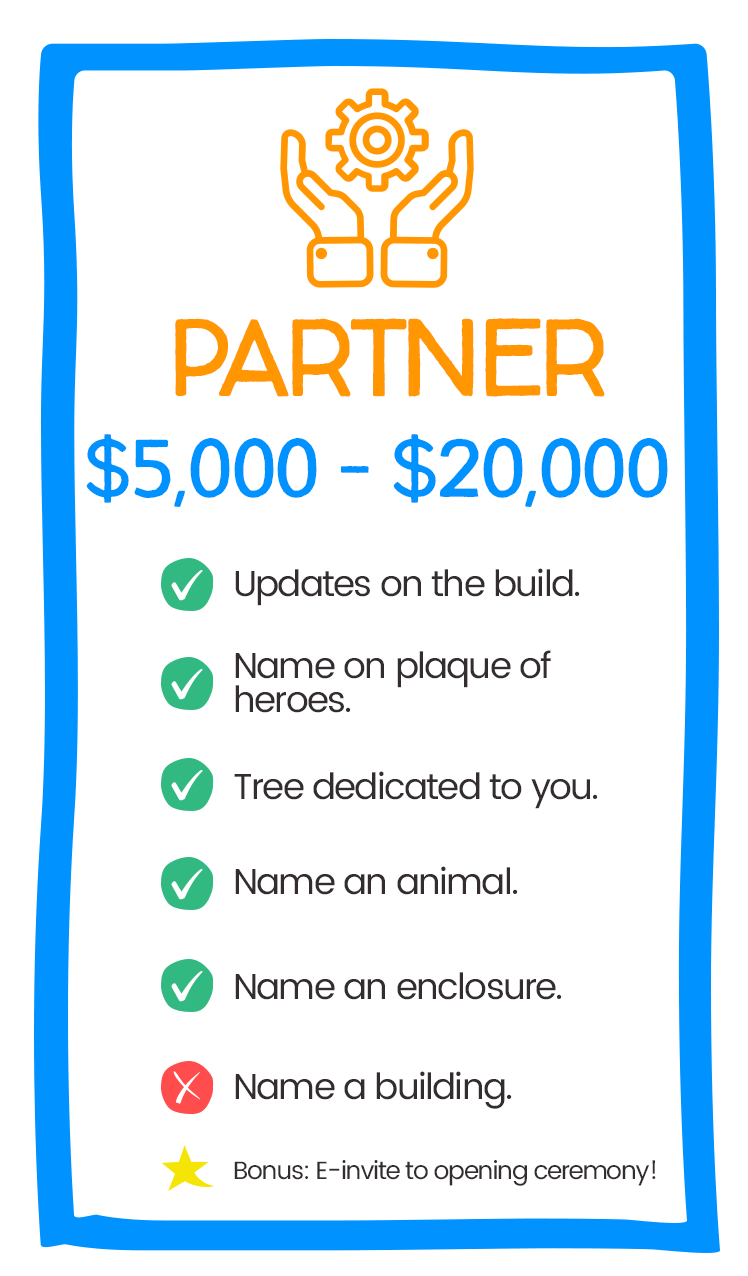
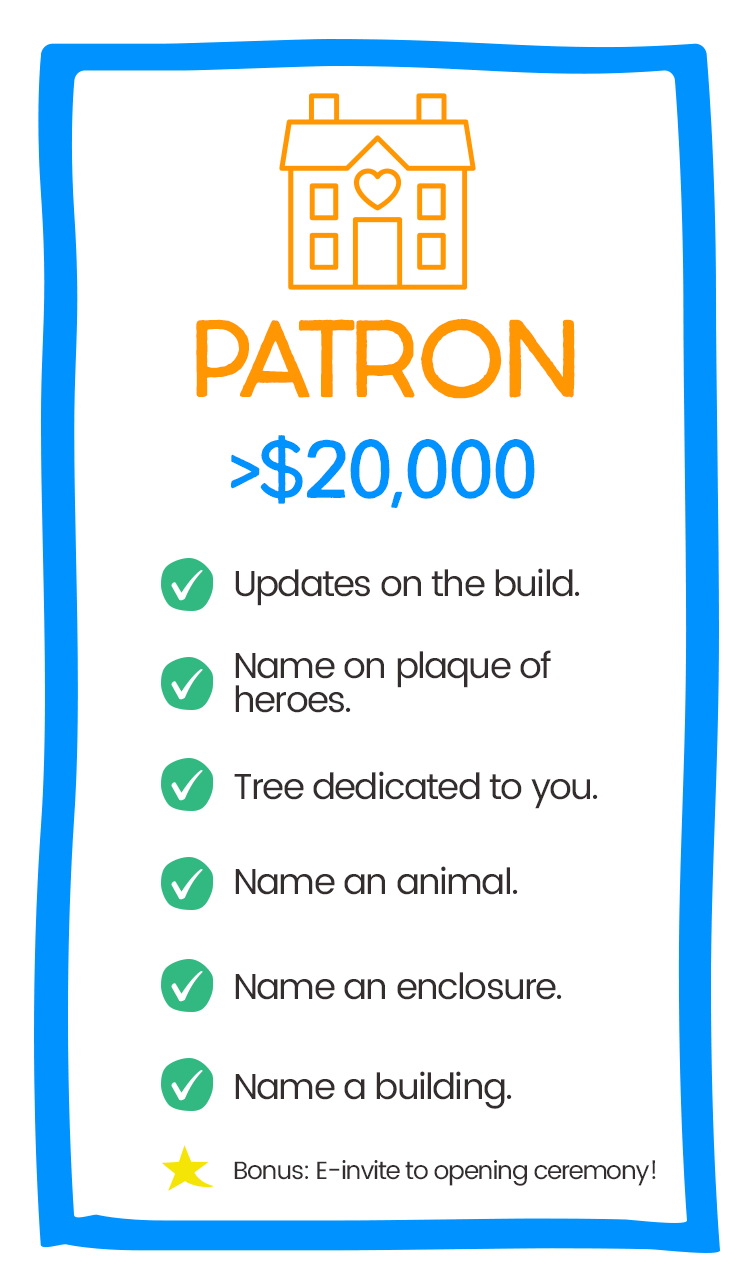
Why rebuild?
Our center in Nosara, Costa Rica cares for a huge array of wildlife. From parrots, to turtles, to howler monkeys, we have cared for almost 100 different species. Rapid economic development and a substantial increase in tourism has disrupted the connectivity of the landscape through land degradation and habitat fragmentation, which poses a serious threat to Costa Rica’s wildlife. In fact, over the last three years the number of animals needing our care has more than doubled!
| 2017 | 2018 | 2019 | 2020 | |
|---|---|---|---|---|
| Total number of rescue calls (all species) | 283 | 336 | 426 | 615 |
| Total brought to IAR Rescue Center | 184 | 256 | 282 | 321 |
| Total howler monkey rescue calls | 165 | 160 | 194 | 214 |
| Total howler monkey electrocutions | 114 | 93 | 102 | 126 |
We want to help the growing number of threatened wildlife but our rescue center is quickly running out of room, so we need your support now more than ever!
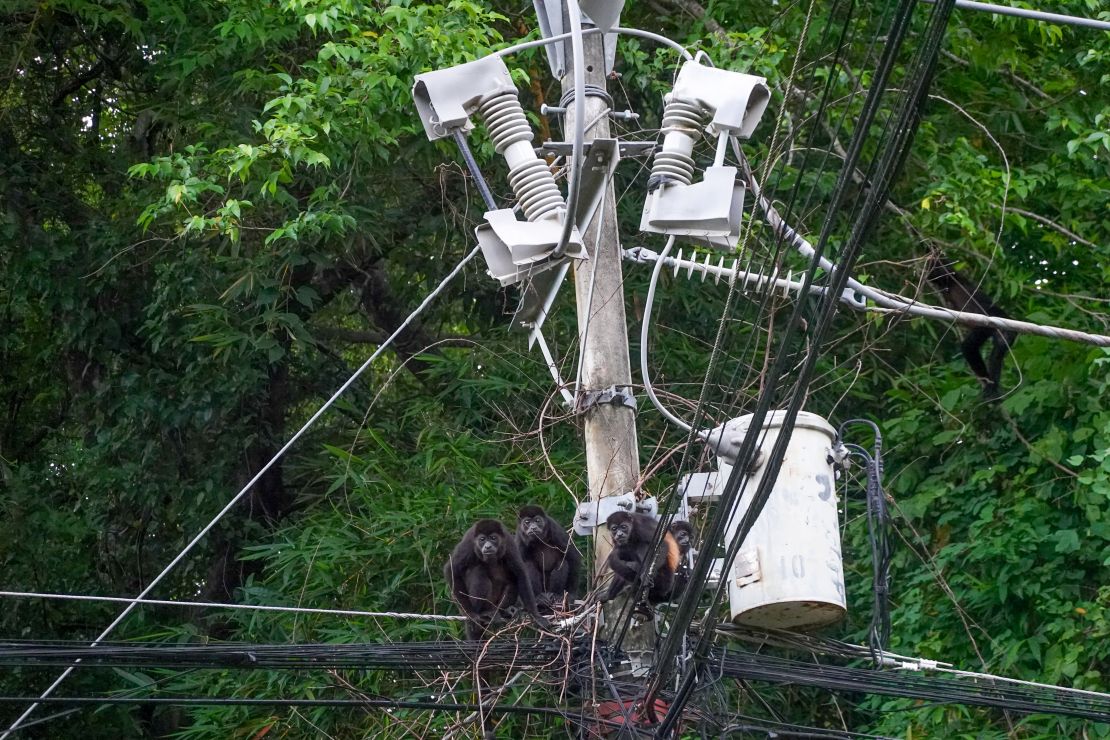
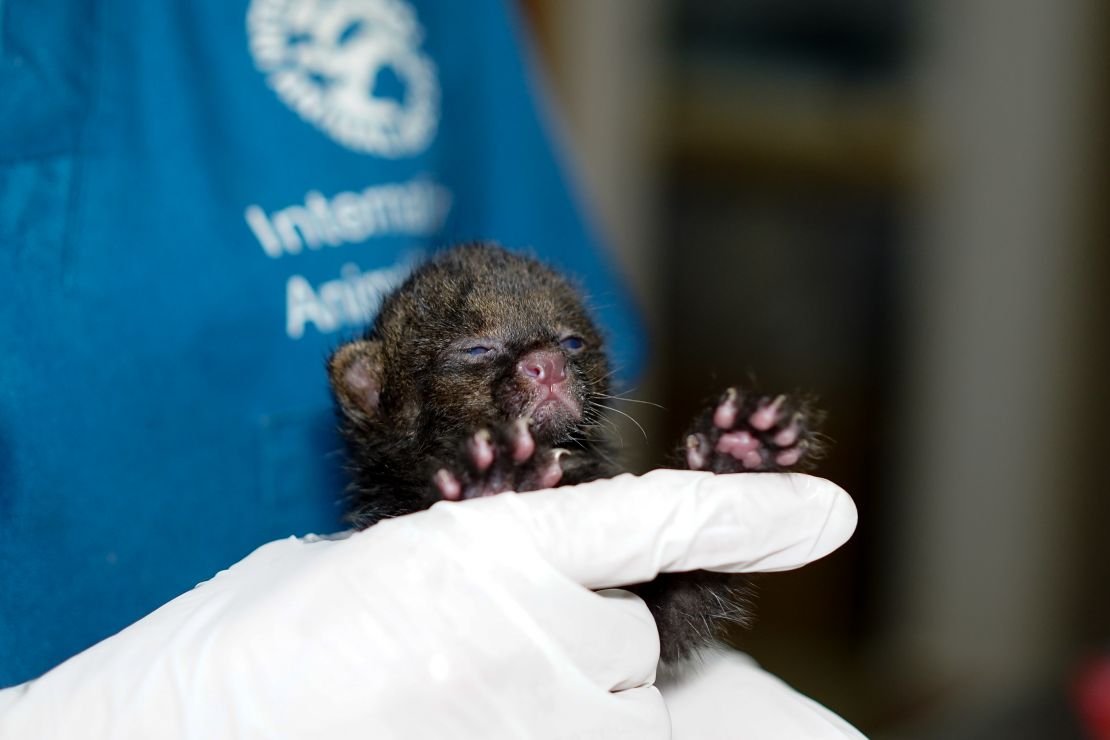
-
Effective Rescue, Rehabilitation & Release Programme
Currently, across the entire province of Guanacaste, there are only two wildlife facilities with a clinic and full-time veterinarian, including IAR Costa Rica. Therefore, the rescue team routinely take in animals as an emergency response. In some cases, SINAC (government agency responsible for wildlife) will drop off animals at the rescue center or ask the team to collect an injured animal. Following assessment, treatment and, if necessary, a period of rehabilitation, wherever possible, the casualty is released back into the wild.
The need for a new center is urgent. As mentioned above, the existing rescue center is made up of temporary structures at the previous founder’s home. The existing clinic includes a treatment room, quarantine and lab in a small basement, which does not allow for sufficient housing for the animals. Also, because of the lack of space, the quarantine area cannot be adequately separated from the rest of the clinic. Whilst the new center will allow IAR Costa Rica to take in and care for more wildlife, the main focus will be on rehabilitation and release.
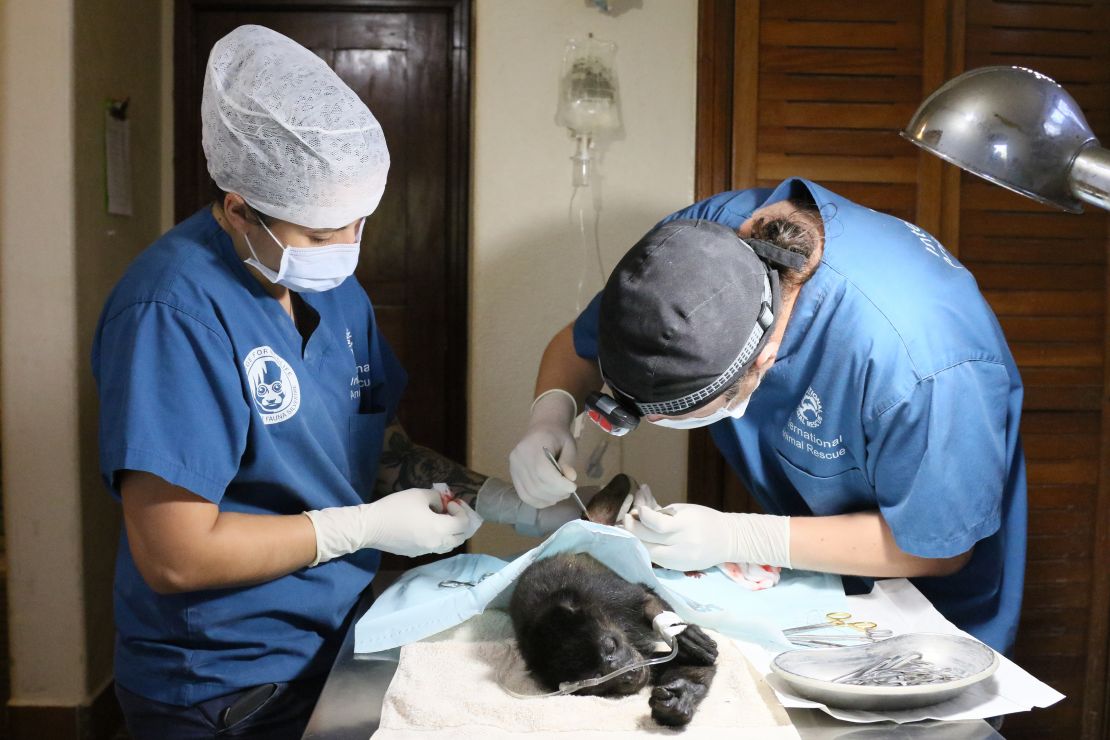
-
Education and Awareness
The ultimate aim of this center is to foster nature conservation values among local communities, neighbours and schools - now and for the future.
The new education center will provide us with a valuable platform from which to conduct extra-curricular activities, involving nature and the environment for the children of local communities. And with the latest technology and new learning facilities, the center will provide vital learning opportunities for Costa Rican (and international) students of veterinary science, biology, forestry and other related fields. We are continually striving to provide learning opportunities to upcoming students with an interest in wildlife conservation.
Educational wildlife lectures at the center will be conducted to raise awareness about Costa Rica’s wildlife and some of the challenges it faces including; the risks from electrocutions, habitat loss through rapid development, dog attacks and car accidents.
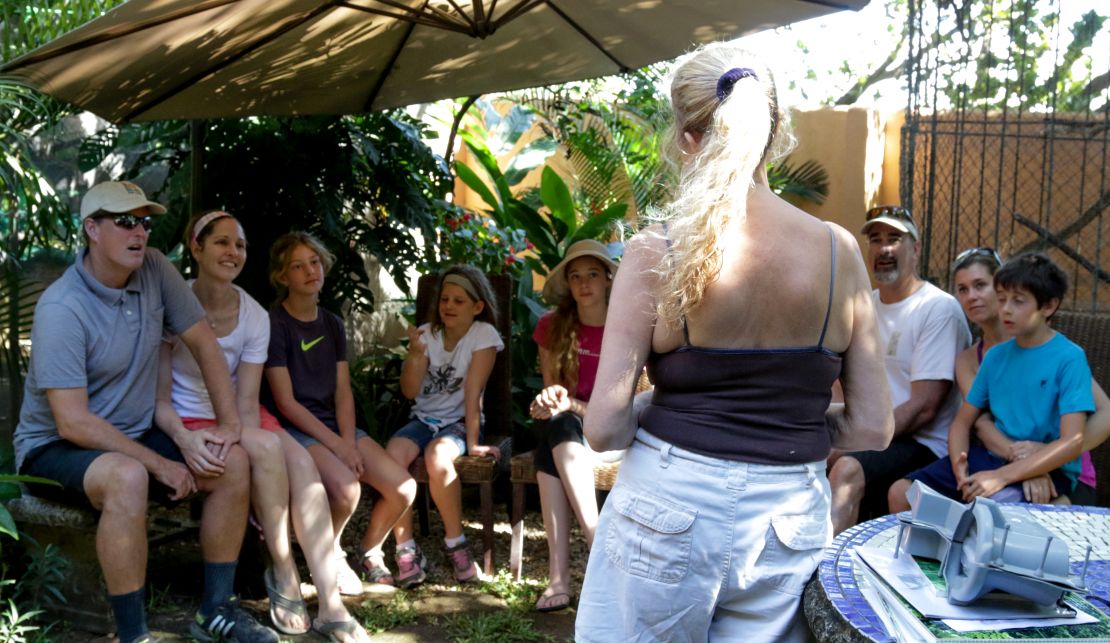
-
Compliance with Rescue Center Regulations
To be taken seriously by the various stakeholders, it is essential that our facility meets the national regulations and generally accepted international standards. The Global Federation of Animal Sanctuaries (GFAS) is a 501(c)(3) non-profit organization, which was founded in 2007 in the United States by leading international animal welfare and conservation organizations. Its purpose is to promote the highest standards of care of animals during rehabilitation or long- term sanctuary and to strengthen the work of animal rescue centers and sanctuaries worldwide by assessing facilities, providing advice and, where standards are met, issuing accreditation.
We have a proven track record of developing world class facilities around the globe and operates two GFAS accredited rescue, rehabilitation and release centers for primates in Indonesia. Currently, only two wildlife rescue centers in Costa Rica are accredited under GFAS certification. There is an urgent need for more wildlife rescue facilities with a higher standard of care across the country.
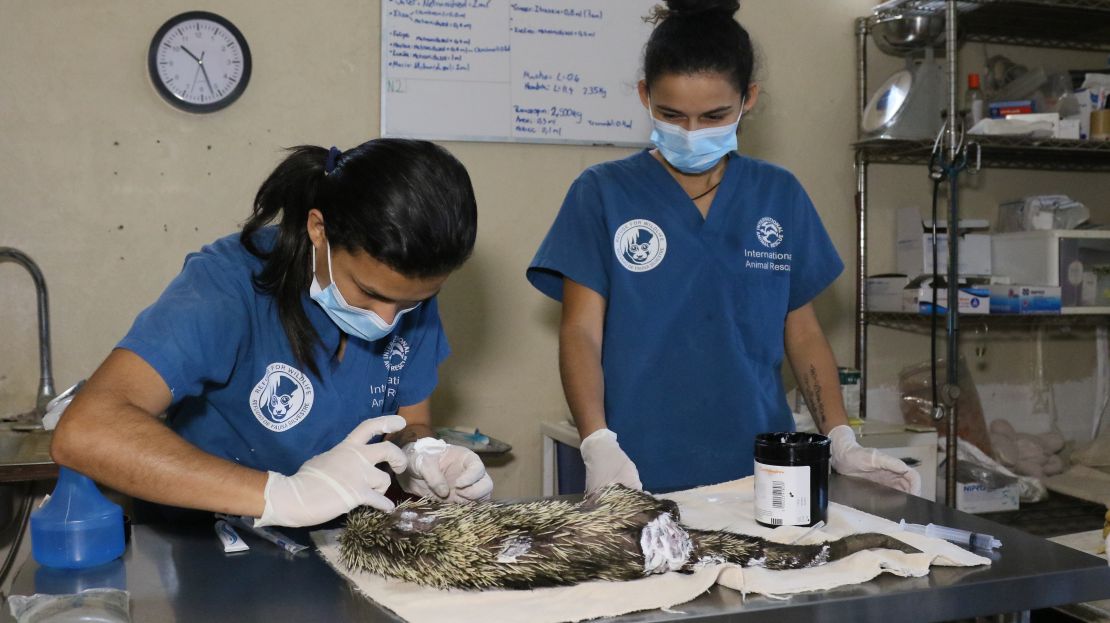
-
Collaboration
We have built good relationships with the various stakeholders and are looking to build momentum and awareness by providing a platform of collaboration and knowledge exchange.
The new rescue and education facility will act as a hub to build on and develop a wider protection strategy for Costa Rica’s wildlife. By bringing together government officials, representatives of electric companies, NGOs, academics, scientists and the local community, the center will not only deal with the symptoms of the issue, it will also address the root cause through effective and constructive collaboration. With this two-pronged approach, we can pull together stakeholders from different industries and foster a long-term movement for change, seen nowhere else across the country.
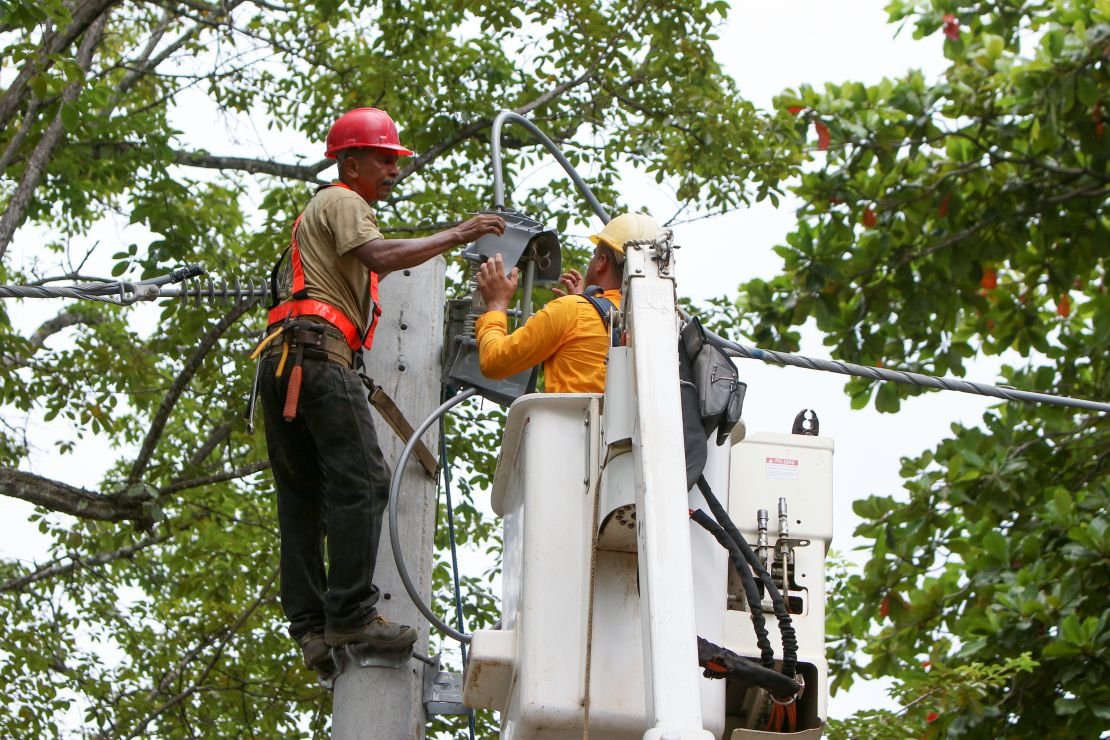
Our Plans
We have partnered with the Nosara Civic Association (NCA), which owns and manages the protected public parklands around the town. The new Rescue Center will form part of a regeneration project for a (now disused) landfill site we have agreed with the NCA, on a five-acre site located in a quiet forested area, which will be ideal for howler monkey rehabilitation. The current plan is to start working on laying foundations and perimeters by the end of 2021, with an aim to complete the build by July 2022. A master plan for the area and individual building plans can be found below.


